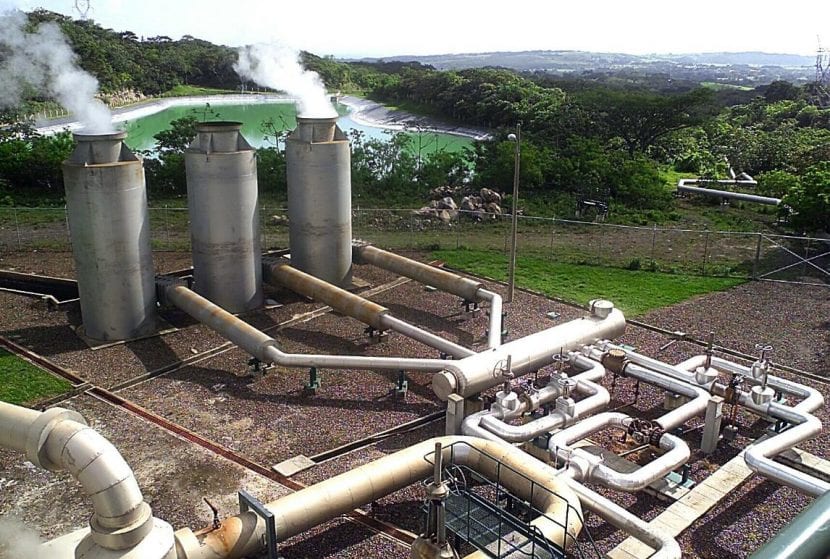
Renewable energies are undoubtedly the future in the medium and long term, the need to look for other types of energy to replace the increasingly depleted fossil reserves
If we talk about geothermal energy, we refer to a totally renewable type of energy, but if its use direct is high, that is to say, the capacity of regeneration of the deposit is less than that of extraction, said renewability will be lost.
What is geothermal energy?
Geothermal energy is a renewable energy that takes advantage of the heat of the subsoil to heat and obtain sanitary hot water in an ecological way. Although it is one of the renewable energy sources less known, its effects are spectacular to admire in nature. Surely we can all remember images of the Etna volcano in Sicily in full eruption, we have ever tried the relaxing effects of thermal waters or admired fumaroles and geysers, such as those in the Timanfaya park in Lanzarote, for example.
Almost always, its direct use for the production of electrical energy only takes place in certain places on earth, where there are certain circumstances. very particular, while if you want to take advantage of it for thermal purposes, the possibilities are significantly increased.
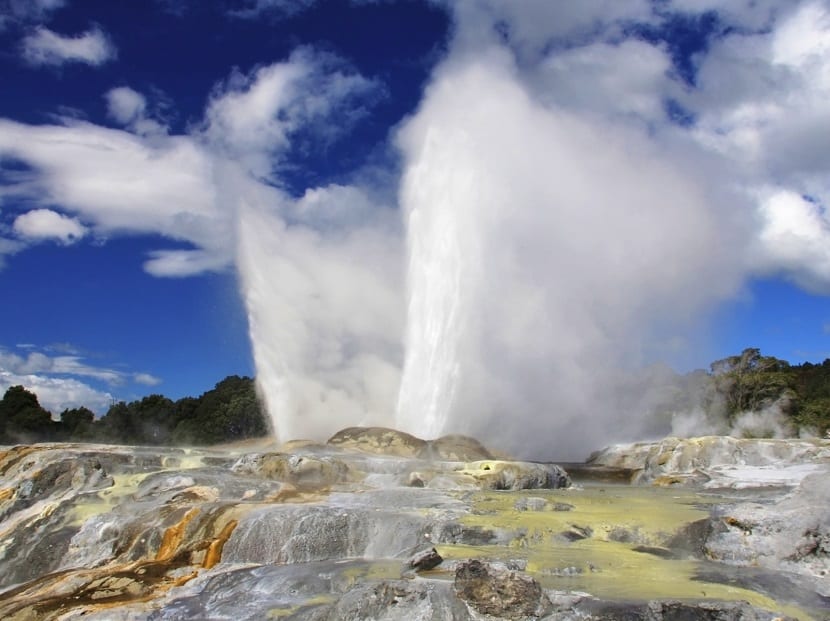
Applications
Geothermal applications depend on the characteristics of each source. High temperature geothermal resources (above 100-150ºC) are mainly used for the electricity production. When the temperature of the reservoir is not enough to produce electrical energy, its main applications are thermal in the industrial, services and residential sectors.
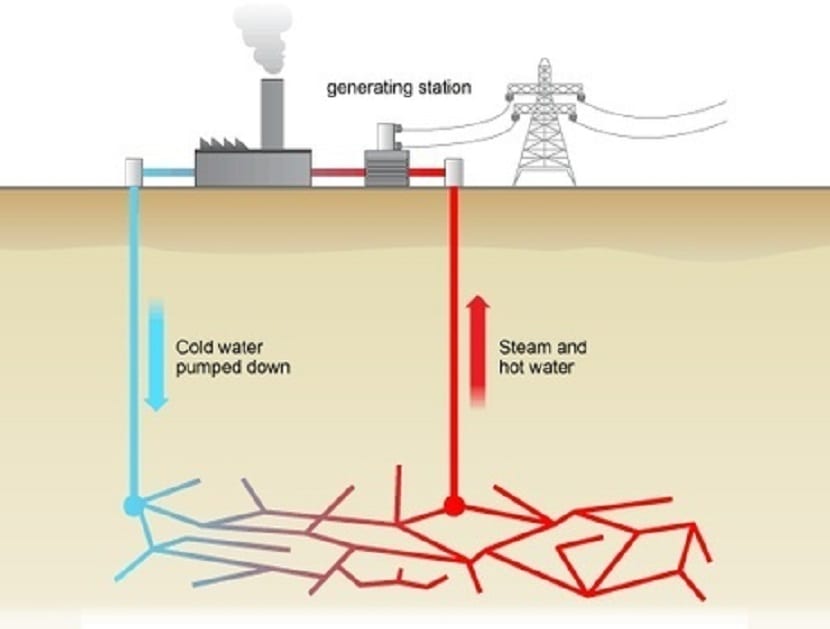
History
Sweden was the first European country to use the geothermal energy, as a consequence of the oil crisis of 1979. In other countries such as Finland, the United States, Japan, Germany, Holland and France, geothermal energy is a well-known energy that has been implemented for decades.
Advantages and disadvantages
If we talk about the advantages and disadvantages of this renewable source, the following stand out:
Advantages
- It is a completely free and local, since it does not depend on third parties for its use.
- It is renewable in nature, with what that means in terms of gas emissions from Greenhouse, and in particular, carbon dioxide.
- It favors the development of local industry, in addition to creating a type of qualified employment.
Drawbacks
- Performance thermodynamic of the facilities is not very high.
- Large investments are generally required to take advantage of electrically this resource, when in addition the extraction power is not high.
- The exploitation of the deposit always involves a certain degree of uncertainty, especially due to the difference in its potential during the exploration and exploitation. This is what triggers a significant variation in the profitability of the projects.
- The use of the resource must be carried out close to the place of origin, so that sometimes the facilities are located away from urban centers, fundamentally when there is electricity production.
Geothermal energy in Spain
In Spain the use of this energy source is almost nil, although that does not mean that it has no potential. Regarding electricity production, only the Canary Islands Due to their volcanic origin, they would have a priori sufficient potential to host an installation, while their use for thermal purposes can already be used in a greater number of places.
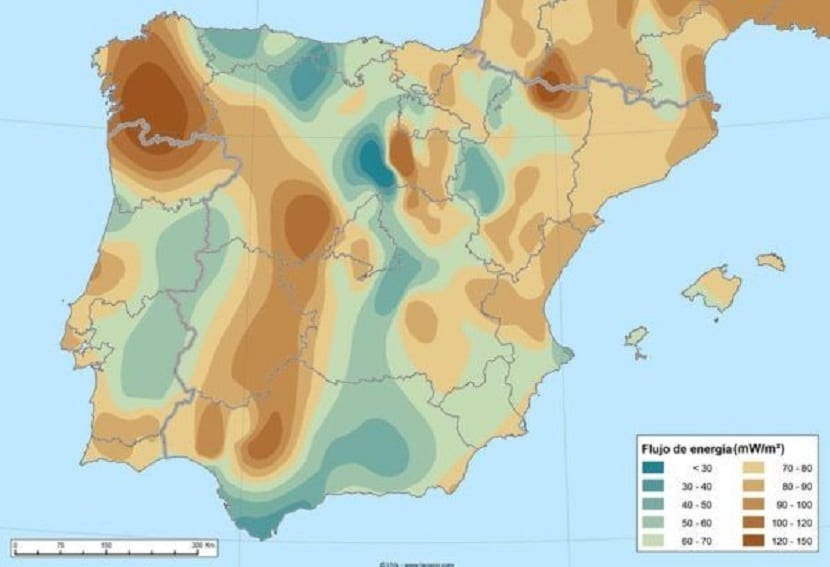
The latest news leads us to the fact that Galicia may become one of the pioneer cities in using the geothermal energy for heating, air conditioning and hot water in buildings. There has even been talk of the first heat pump manufacturing company
This is contrasted with the reality of other countries, such is the case of Chile, where the first geothermal plant in South America , with an investment of more than 320 million dollars, which will generate energy for 165000 families.
It is a 48 MW installed power facility that will generate approximately 340 GWh per year.
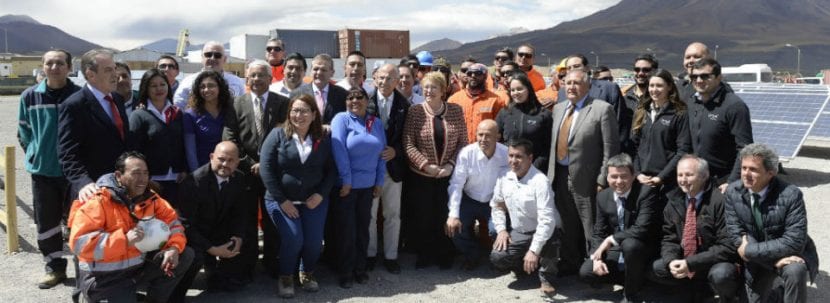
The extraction of the low temperature fluid from the interior of the Earth and use it, for example, in heating greenhouses, supposes a benefit on the horticultural production, since it is allowed to cultivate out of season horticultural species that could not be carried out otherwise.
In the residential and services sector, this resource can also be used because it requires energy from low enthalpy.
Outstanding examples of these uses can be the air conditioning project of the platforms, technical rooms and commercial premises of the Pacífico Metro station in the city of Madrid.